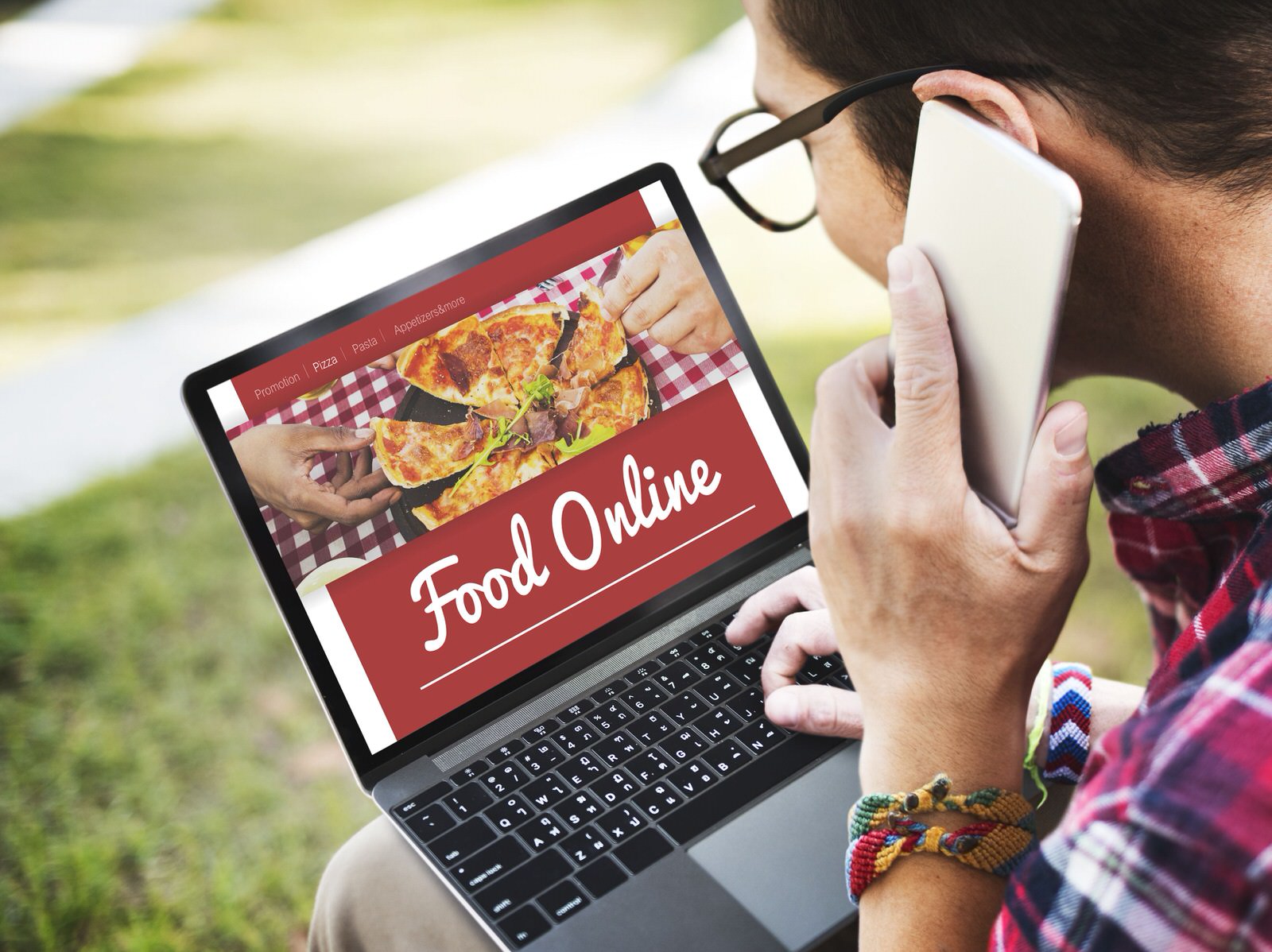4 Tips to Help you Create a Winning Email Marketing Campaign for your Restaurant
Email marketing is an “owned medium” that helps brands nurture prospects and build relationships with their customers. Therefore, it’s unfortunate that so many restaurants are yet to unleash the potential of email marketing. If executed well, email marketing can scale your restaurant’s sales exponentially if done correctly.

From retail and hospitality businesses to manufacturing, healthcare, and financial service providers, email marketing has become an established marketing channel. Most companies use email marketing because they understand the power of a robust email marketing strategy. Email marketing is an “owned medium” that helps brands nurture prospects and build relationships with their customers. Therefore, it’s unfortunate that so many restaurants are yet to unleash the potential of email marketing. If executed well, email marketing can scale your restaurant’s sales exponentially if done correctly.
This article covers four simple but effective tips that should be part of a winning restaurant email marketing strategy. Let’s get right into it.
Ask for Feedback
Understanding your diners' perception is critical to improving your food and service delivery. That's why gathering customer feedback is vital. You can use email surveys to collect customer feedback, one of the tactics used by reputable brands. An example of a Mcdonalds' survey is shown below. You can conduct the survey directly by email or include a CTA that directs readers to a web page dedicated to the survey. The latter is a good option if you want to collect more data. Keep your email surveys short and engaging to boost engagement and completion rates. To get more respondents to complete your survey, consider offering freebies that they can use at your restaurant.

McDonald’s Customer Satisfaction Survey (Source)
You can also use numbered questions wherein recipients rate various factors, including food and service quality. You can also use open-ended questions. These questions help you gather details, allowing for better customer feedback. Another alternative to surveys is the Net Promoter Score. This business metric (NPS) measures customer experience and predicts business growth. Several businesses have adopted this proven metric as the centerpiece of their customer experience management programs worldwide. With NPS, customers rate a company on a scale of 1 to 10, and the goal is to measure how likely it is for the customer to recommend your business to others. Based on a customer’s response, they are grouped into three categories; Promoters (Score 9 - 10), Passives (7 - 8), and Detractors (0 - 6).

Net Promoter Score Survey. (Source)
The customers in the "promoters" category are loyal, and there is a high tendency that they will keep buying and referring other customers to your business, fueling growth. The customers in the "passives" category are satisfied but unenthusiastic; there is a very high tendency that they will switch to a competitor if they are given an excellent promotional offer. The customers in the "detractors" (score 0-6) category are unhappy customers who can damage whenever they have the opportunity. Combining NPS with open-ended questions is smart; businesses can use this to learn more about the disconnect in the customers' experience journey.
How do you use the information you’ve collected? You can do several things with the data you’ve collected. For instance, if the data you’ve gathered from surveys suggests more pineapple on pizza, you can modify your menu and inform your customers about the changes via email. Feedback is not limited to customer experience management; you can also gather feedback as part of your restaurant’s PR strategy. Feedback can help you measure the effectiveness of your PR campaign following a PR crisis.
Offer Personalized Promotions
Your restaurant may already have occasional promos, for example, 30% Off on Fridays or during Happy Hours. This type of promo applies to everyone who dines at your establishment during promo hours. You can have personal, tailored promos as well. These promos are specifically designed for one person or a group of people and sent through email newsletters. Personalized promos can increase customer loyalty and patronage, and you can squeeze out more lifetime value from each customer. A classic example of a personalized promo is birthday giveaways. You can also give special offers to first-time customers or new email subscribers. For example, the customized promo below gives first-time online customers 30% off their first order.

Restaurant Email Newsletter. (Source)
You can also offer personalized promos to customers that have completed a set of actions. For example, customers who have downloaded your app or whose total purchase is above a certain threshold can get a 30% off on their next purchase. Whatever the action is, you can choose to reward them with a personal promo.
To create personalized promotions, you’ll have to segment your mailing list. Here are several ways to segment your restaurant email list:
You can also offer personalized promos to customers that have completed a set of actions. For example, customers who have downloaded your app or whose total purchase is above a certain threshold can get a 30% off on their next purchase. Whatever the action is, you can choose to reward them with a personal promo. To create personalized promotions, you’ll have to segment your mailing list. Here are several ways to segment your restaurant email list:
- If your business offers online food ordering services, you can segment customers’ emails by order. (i.e., steak, salad, cold dessert). You can send tailored promos based on what you think they fancy from your restaurant.
- Segment users by their birthdays. Whether in-person or through a web form. This information will allow you to send birthday promos.
- You can also segment emails by demographic factors like gender and age group. This means you can have a separate email segment for people aged 18-25 and another one for customers above 25 years old.
Ensure that the tone of your newsletters matches the email segment you are addressing. Create email newsletters that speak the receiving demographic’s language. You should also make sure that your subject lines are personal. You can address your recipients by name or mention a meal or something else they like.
Retarget Your Website Visitors
Many customers browse their options online before visiting a restaurant. Some may come across your website and sign up for your newsletter but fail to make an order or visit your restaurant. A restaurant email marketing campaign can help you retarget these customers.
To retarget customers in this category, you can offer them special discounts. Send discount or coupon codes to them through your marketing emails. Create a sense of urgency by making these discounts time-limited. For example, you could say, "the deal is valid for two days" this will incentivize more prospects to claim the offer and complete their order. It'll also drive more foot traffic to your restaurant. The example below promotes a 2-for-1 taco promo with a reservation booking CTA.

2-for-1 Taco Promo. (Source)
Another way to retarget website visitors is by running cart abandonment campaigns. If your store has online ordering, you can use email marketing to re-engage customers who fail to complete the checkout process. Here’s an excellent example by ChefSteps

Restaurant Cart Abandonment Email. (Source)
This personalized email content uses a catchy copy that will likely pique the customers' interest. Ensure you include a compelling CTA to boost the conversion rate. You also want to guide the customers to the check-out page, not your homepage or anywhere else.
Nurture Your Loyal Customers
Nurturing your loyal diners is another effective restaurant email marketing tactic. This results in high brand engagement and continued patronage. One way to nurture your loyal customers is by creating an exclusive membership club. Engaged customers are likely to sign-up for member-exclusive perks (e.g. discounts). The example below offered a “Free Craft Burger” to new loyalty members.

Email Newsletter for a Customer Loyalty Program. (Source)
Acknowledge diners’ support and patronage. Show them that you value their commitment and patronage. Use phrases like “We’re glad you’re here” or “Thank you for choosing us.” Personalize the message by including the recipients’ names too.
Let them know about the seasonal items that you have on your menu. Your loyal customers will likely be more engaged by new “limited edition” food items than strangers. Make them feel special by sharing these menu items through email.
Celebrate their milestones. For instance, you can send your customers birthday greetings and promos, which will earn you more customer loyalty.
Inform them about any offers for special events. Loyal customers will want to pounce on any promo that you have. These customers are also more likely to attend your special events, e.g., a new branch opening. Share details about such events with them through emails.
Wrapping Up
Restaurants can utilize email marketing just as effectively as other businesses. This article shared four ways to run an effective restaurant email marketing campaign. You can use email marketing for restaurants to:
- Collect customer feedback
- Send personalized promotions
- Retarget website visitors
- Nurture customer loyalty.
Remember, loyal and happy customers are your advocates. So you can expect them to market your restaurant to their peers through word of mouth.
Chris Norton
Chris Norton, Founder of Prohibition a Luxury PR Specialist Agency. He’s a former University lecturer, the author of "Share This Too," and He's is listed in the UK's top 10 PR and social media bloggers for his blog on social media training.





